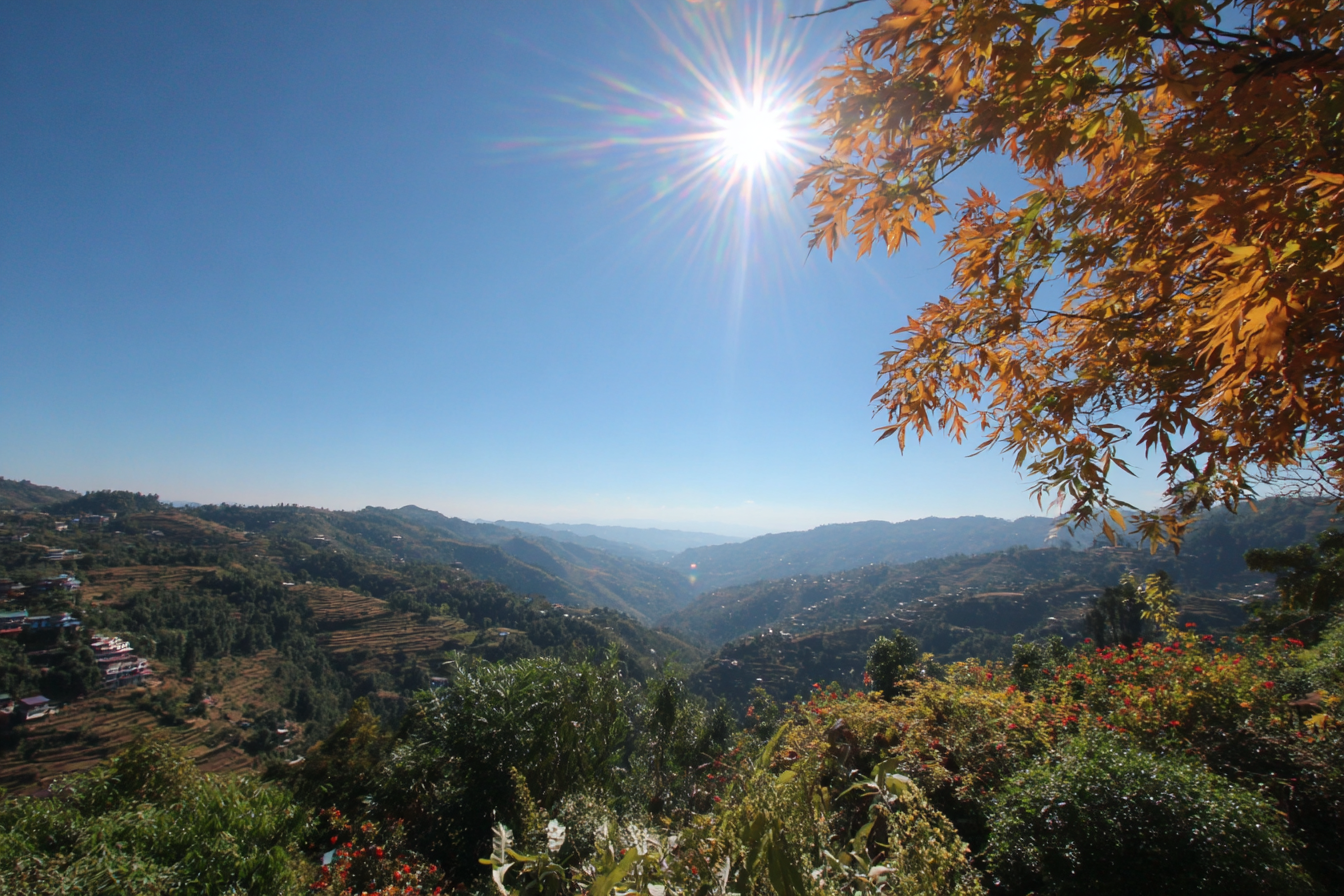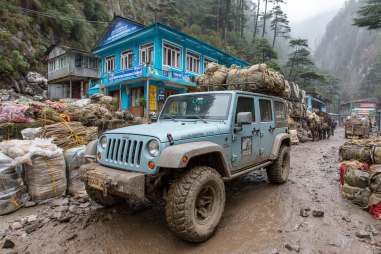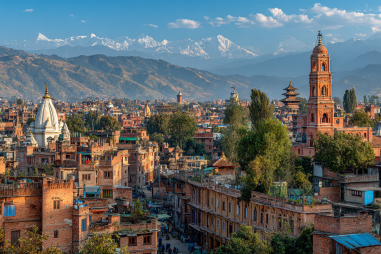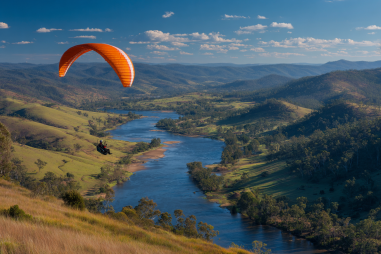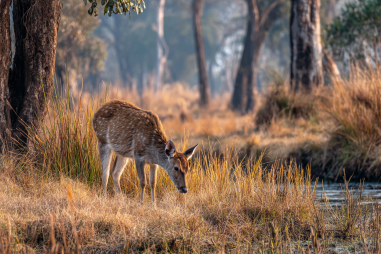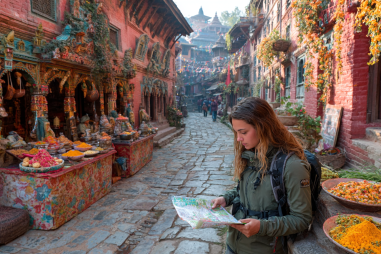Nagarkot, perched just outside Kathmandu, is renowned for its breathtaking Himalayan vistas and peaceful natural surroundings. Choosing the best time to visit Nagarkot can greatly enhance your experience, whether you’re hoping for clear mountain views, pleasant trekking weather, or vibrant cultural festivities. In this guide, we’ll break down the weather patterns, seasonal highlights, tourist traffic, and travel deals across the year to help you plan an unforgettable trip to this charming hill station.
Overview of Nagarkot Weather by Season
Nagarkot experiences a temperate climate with four distinct seasons: spring, summer, monsoon, autumn, and winter. Each brings its own unique atmosphere and opportunities for exploration. The temperatures are generally mild due to Nagarkot’s elevation of about 2,175 meters (7,136 feet). While the weather can change rapidly on the hills, understanding seasonal trends helps pinpoint the best moments for your visit.
Pros and Cons of Visiting Nagarkot in Each Season
Spring (March to May)
Springtime in Nagarkot is often considered one of the most beautiful seasons. The weather gradually warms up, with daytime temperatures ranging from 15°C to 25°C (59°F to 77°F). Rhododendron forests burst into vibrant red and pink blooms, enhancing the stunning natural scenery.
Pros:
- Clear, crisp mountain views with chances to see the full Himalayan range
- Comfortable temperatures ideal for hiking, photography, and outdoor activities
- Lush greenery and colorful flowers boost the visual appeal
Cons:
- More tourists begin to arrive, so some trails and viewpoints might be crowded
Summer (June to mid-July)
The early summer period leads into the monsoon season. Temperatures can climb to 25°C-30°C (77°F-86°F), but humidity also rises noticeably.
Pros:
- Less crowded than peak seasons
- Verdant landscapes due to spring rains
Cons:
- Unpredictable clouds and rain showers impair mountain visibility
- Trails may become muddy and slippery, less ideal for trekking
- Increased insect activity
Monsoon (mid-July to August)
This is the wettest time of the year in Nagarkot, with frequent heavy rains and dense clouds.
Pros:
- Fewer tourists mean you can enjoy a quieter, more solitary experience
- Lush valleys and forests in their peak green glory
- Amazing opportunities for nature photography with mist-covered hills
Cons:
- Views of the Himalayas are often completely obscured by thick clouds
- Frequent downpours hamper outdoor plans
- Risk of landslides on some mountain roads and trails
Autumn (September to November)
Widely regarded as the best time to visit Nagarkot, autumn follows the monsoon with cool, crisp air and crystal-clear skies. Temperatures range between 10°C and 20°C (50°F to 68°F).
Pros:
- Outstanding panoramic views of snow-capped Himalayas, including Everest and Annapurna ranges
- Ideal weather for trekking and outdoor adventures
- Festivals like Dashain and Tihar add rich cultural experiences
Cons:
- Peak tourist season means popular spots and accommodations can fill up quickly
- Prices for hotels and tours may rise
Winter (December to February)
Winter in Nagarkot is cold and often foggy, with temperatures dropping as low as 0°C to 10°C (32°F to 50°F) at night. Snow is rare but possible on higher elevations.
Pros:
- Quiet atmosphere with fewer tourists
- Chilly, clear mornings sometimes offer crisp mountain views
- Unique experience of a brisk Himalayan winter
Cons:
- Cold weather might be uncomfortable for some travelers
- Mornings and evenings can be foggy, obscuring views
- Limited daylight hours reduce time for outdoor activities
Peak Tourist Seasons and Crowd Considerations
The most popular periods for visiting Nagarkot align with the pre-monsoon spring season and the autumn months right after the monsoon fade. During these times, the weather is most favorable, and the Himalayan views are spectacular. However, these peak times also bring significant crowds at major viewpoints and popular resorts.
If you prefer a quieter, more budget-friendly trip, consider the shoulder seasons like summer before the monsoon or winter. Keep in mind that the monsoon season is the least crowded but has a high chance of rain and poor visibility.
Seasonal Activities and Festivals in Nagarkot
No matter when you visit, Nagarkot offers a range of activities that change with the seasons:
- Spring: Trekking and nature walks to see blooming rhododendrons and other wildflowers; birdwatching increases as migratory species arrive
- Summer and Monsoon: Indoor cultural experiences, yoga retreats, and enjoying the lush green environment; short hikes during dry spells
- Autumn: Ideal time for sunrise and sunset hikes, mountain biking, and photography; participation in local festivals such as Dashain and Tihar
- Winter: Stargazing nights in the clear skies, cozy stays in traditional lodges, and exploring local cuisine
Travel Deal Opportunities Throughout the Year
Smart travelers can take advantage of travel deals during Nagarkot’s off-peak periods. Hotels and homestays often lower prices significantly during the monsoon and winter months, making it easier to enjoy the area with a smaller budget. Tour operators also provide discounts on guided treks and transportation.
Booking well in advance during the peak seasons helps secure accommodations at reasonable rates. Conversely, last-minute deals may appear during less busy times, suitable for those with flexible plans.
Finding Your Ideal Travel Window to Nagarkot
Deciding when to visit Nagarkot ultimately depends on your priorities. If your dream is to witness the majestic Himalayas in all their glory and partake in vibrant local festivities, autumn and spring are unbeatable choices despite larger crowds and higher prices. For a tranquil escape, winter and monsoon provide peaceful solitude surrounded by nature’s quiet beauty, albeit with the risk of limited visibility and colder or wetter conditions.
Consider what activities excite you most, your tolerance for weather variations, and your budget. Armed with these insights, you can select a travel window that ensures your Nagarkot experience is both incredible and memorable.

